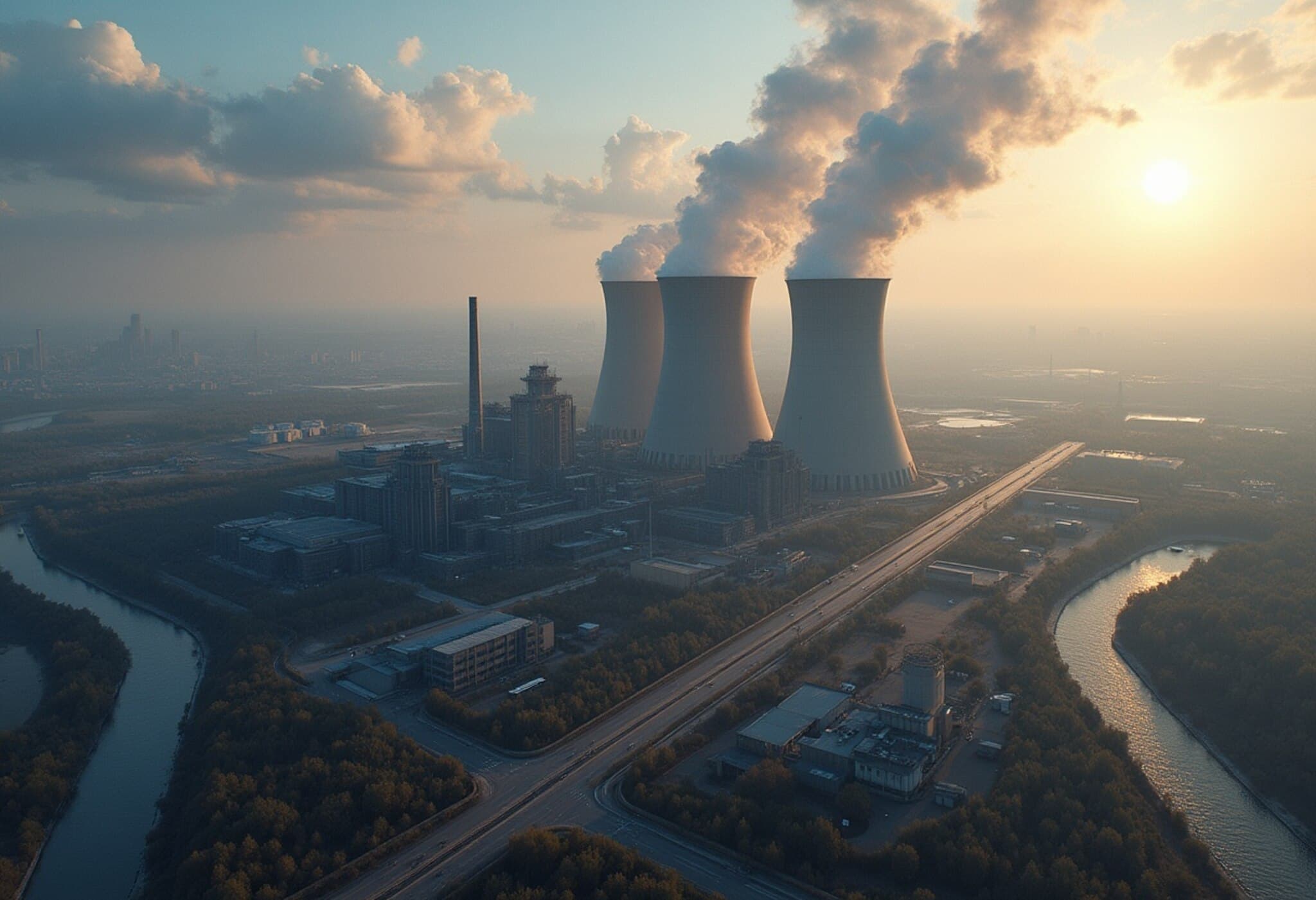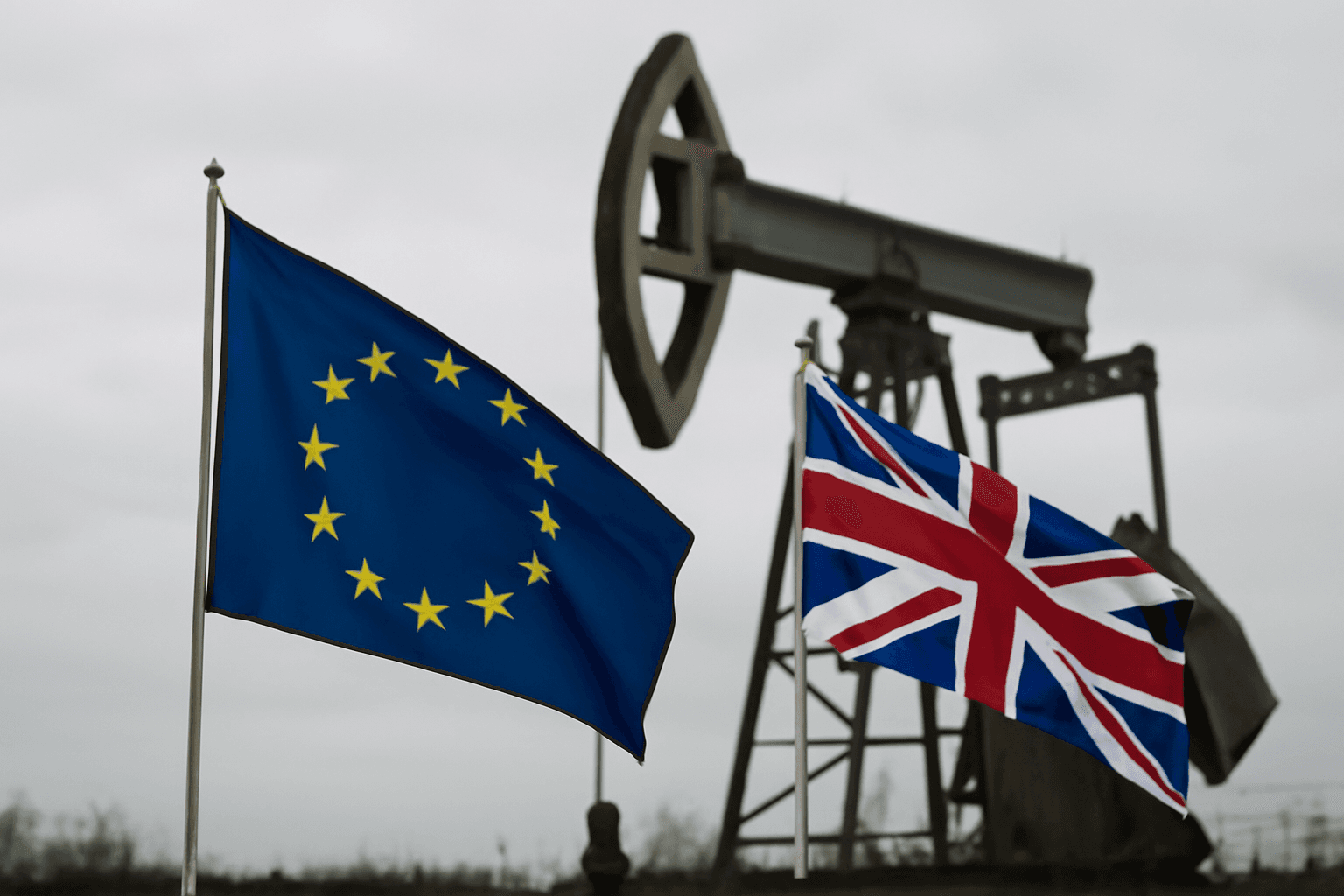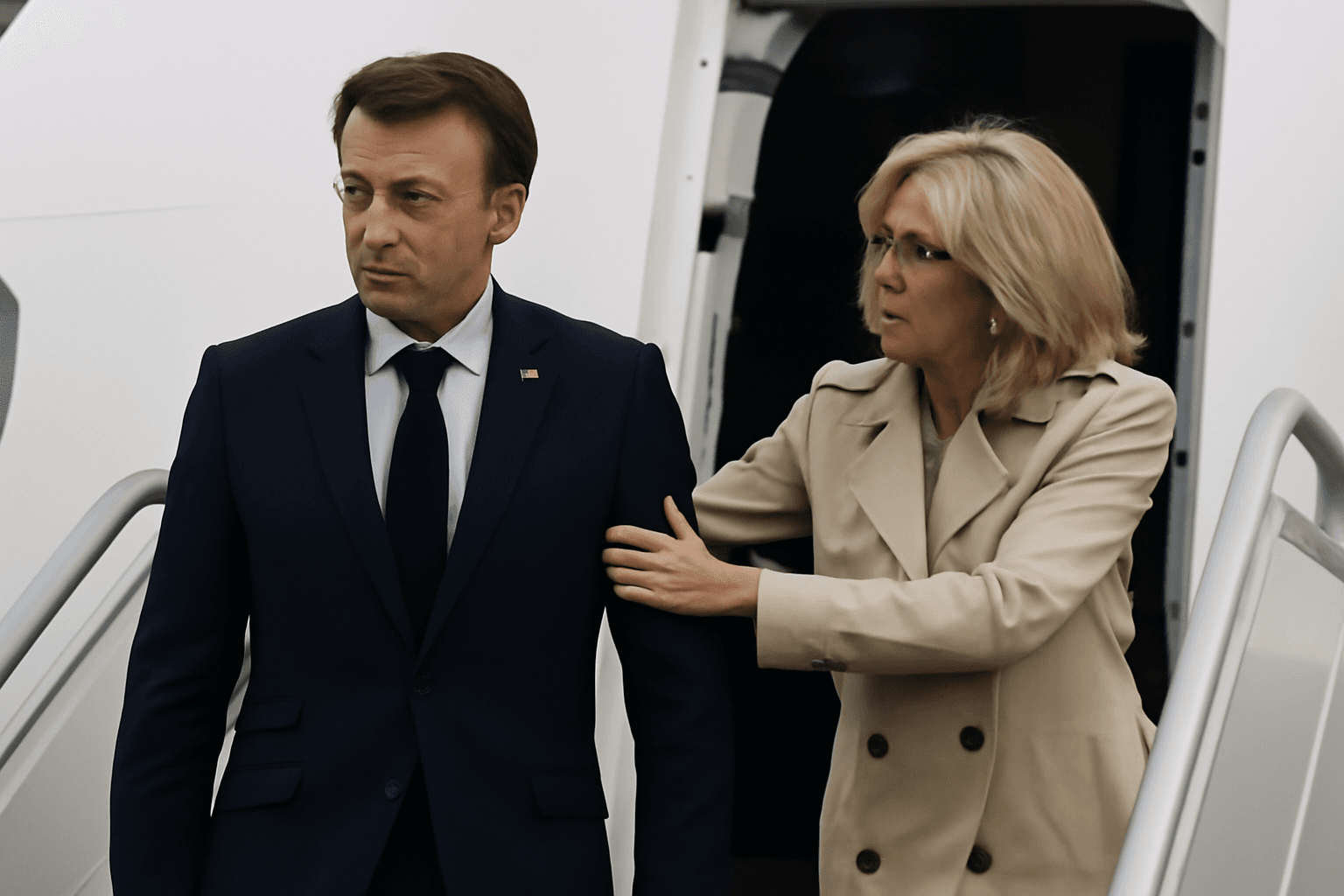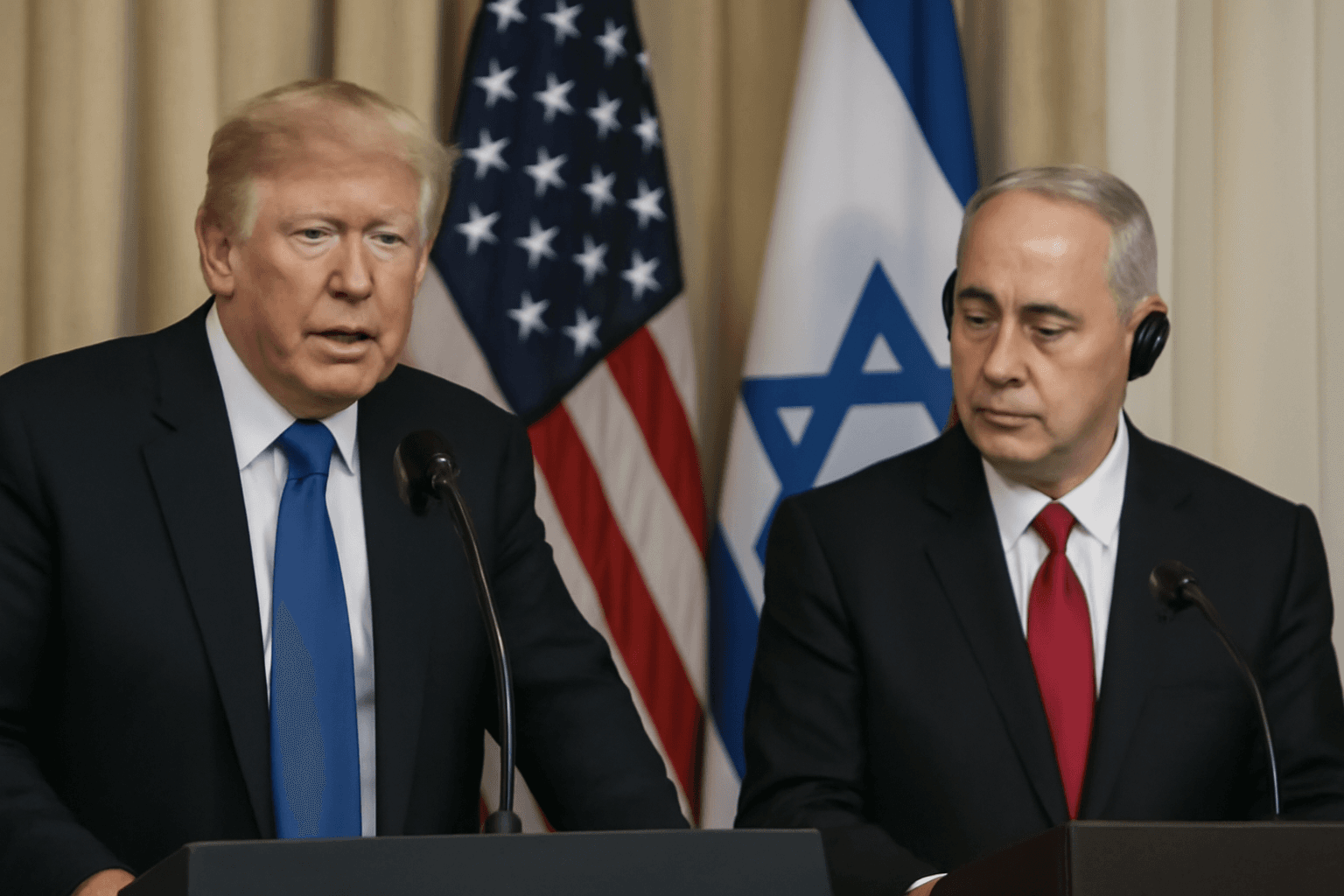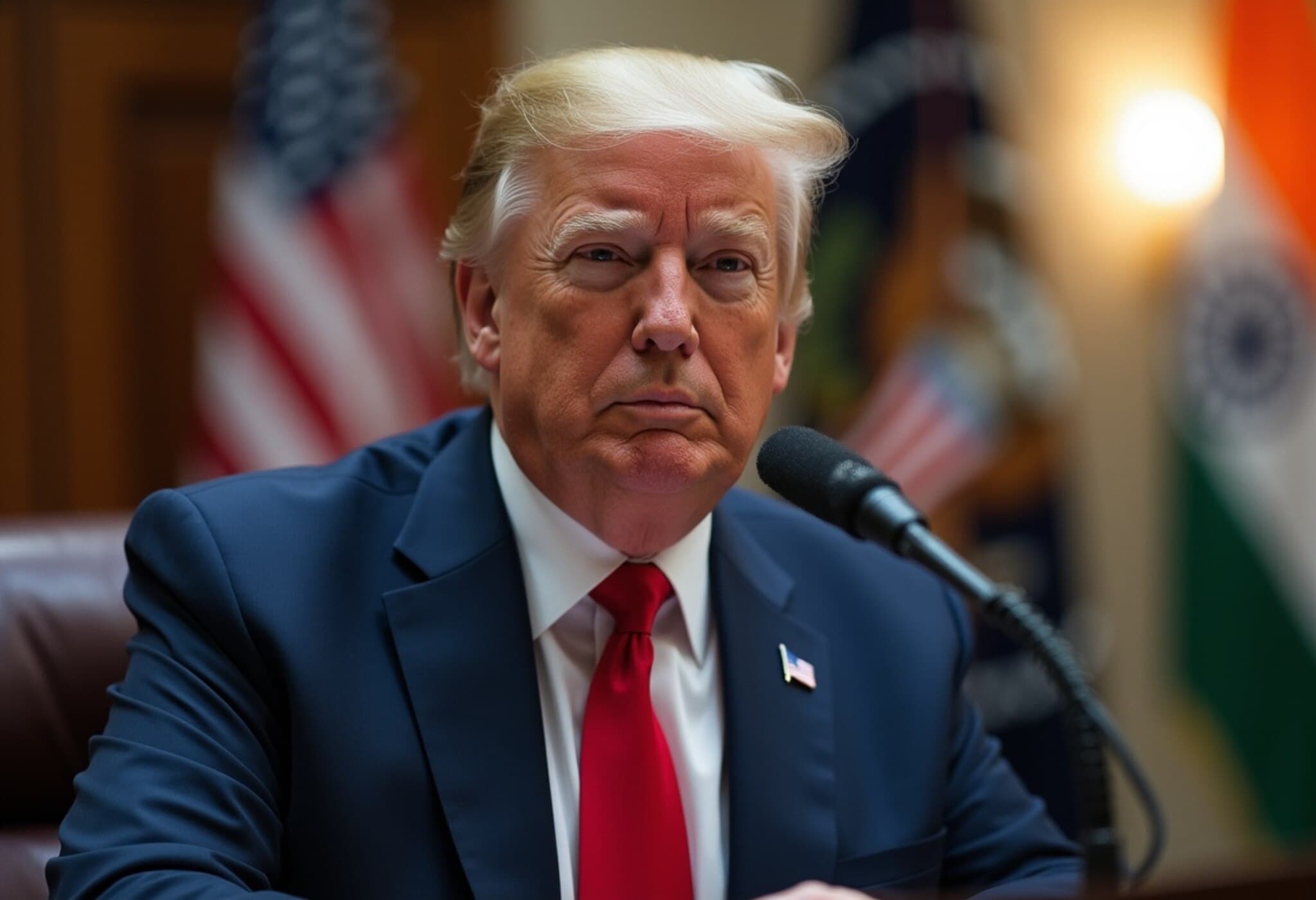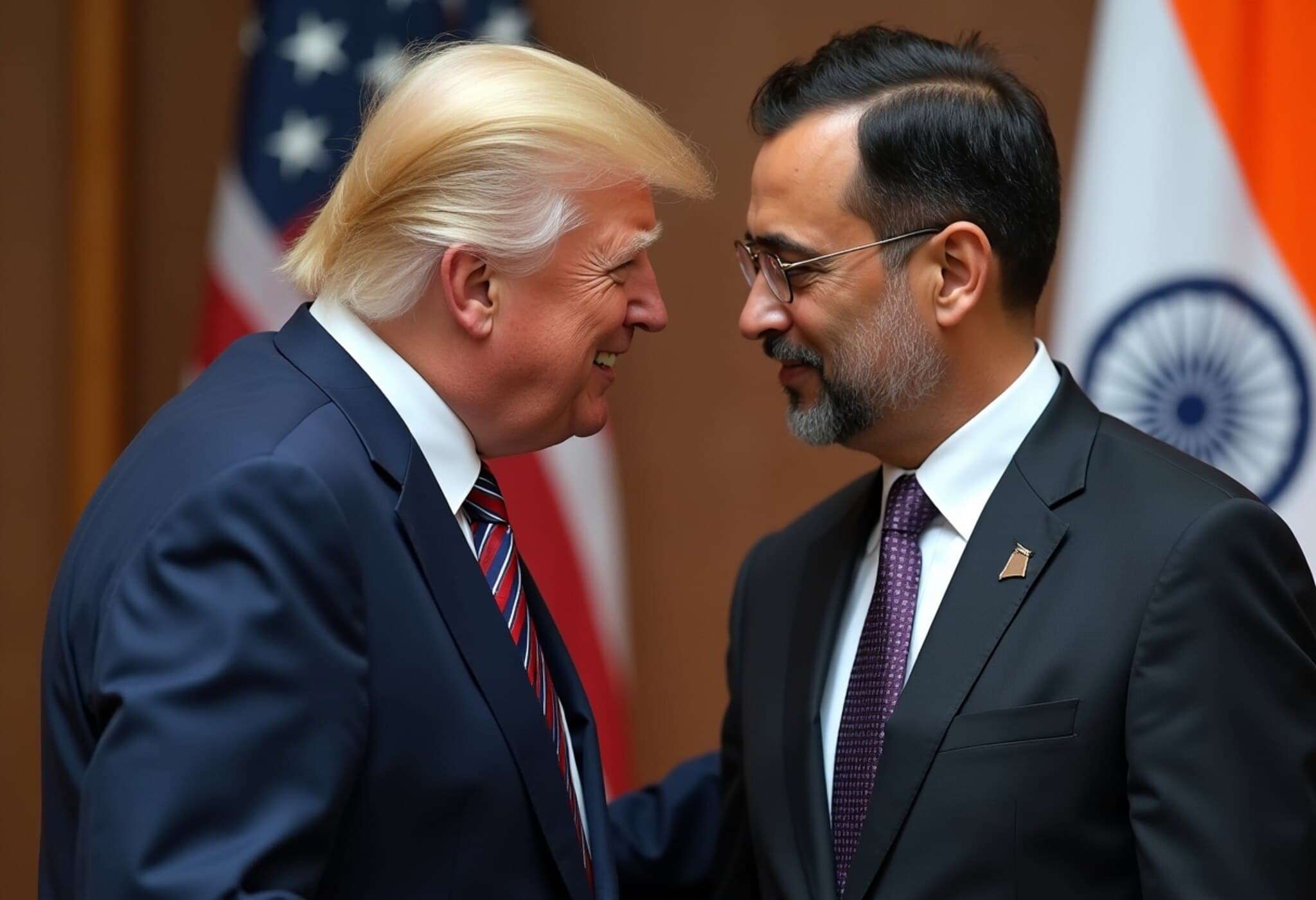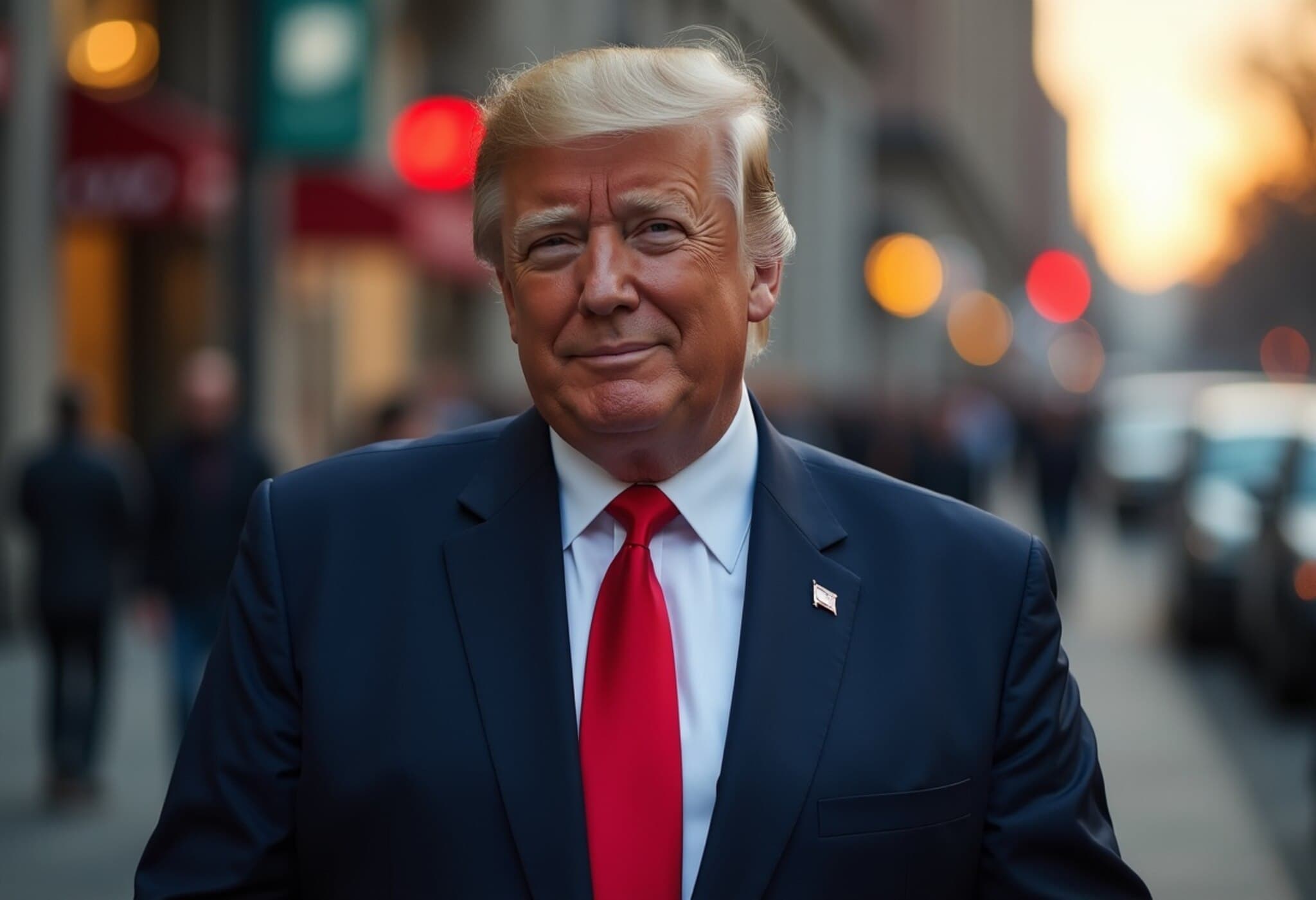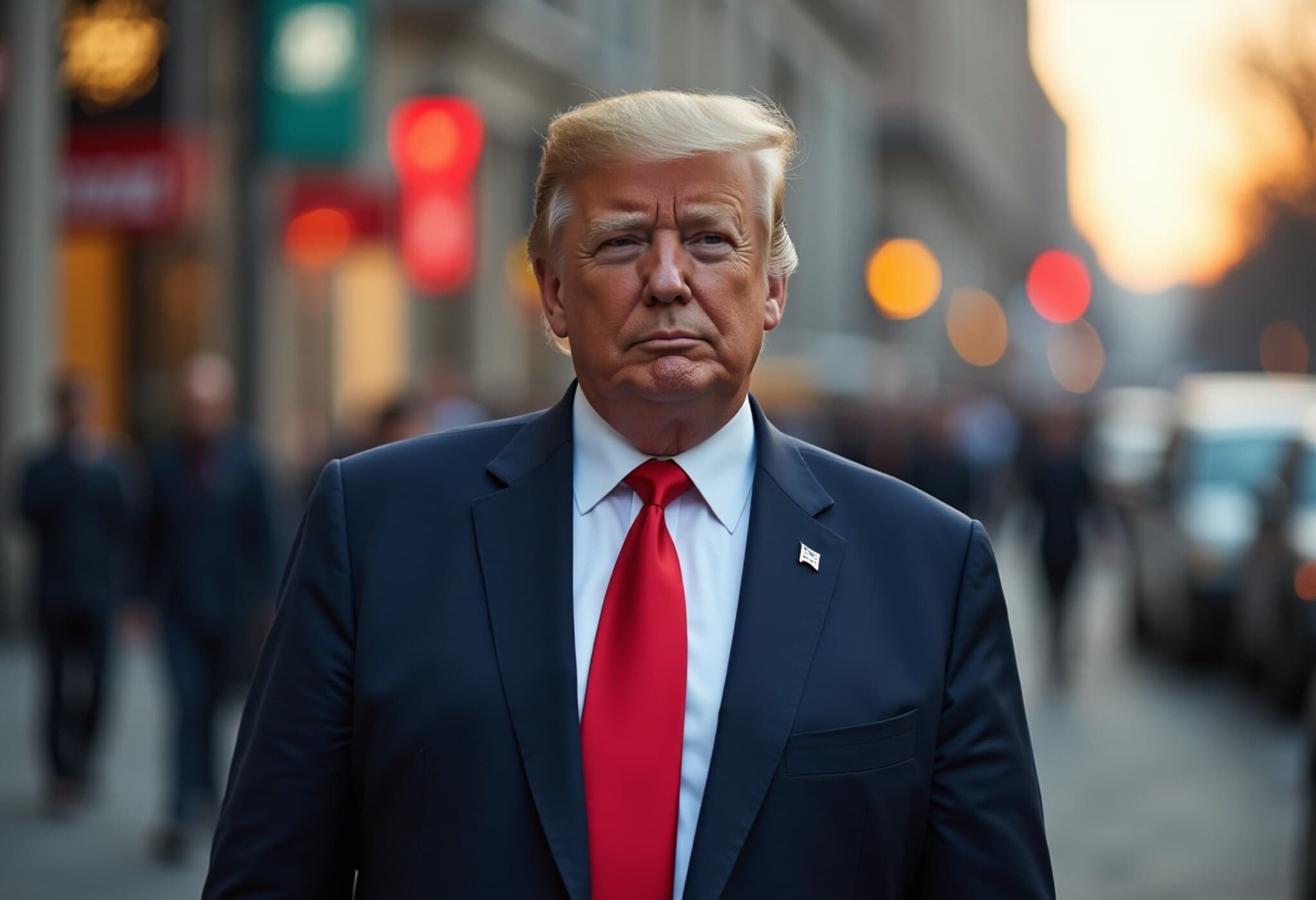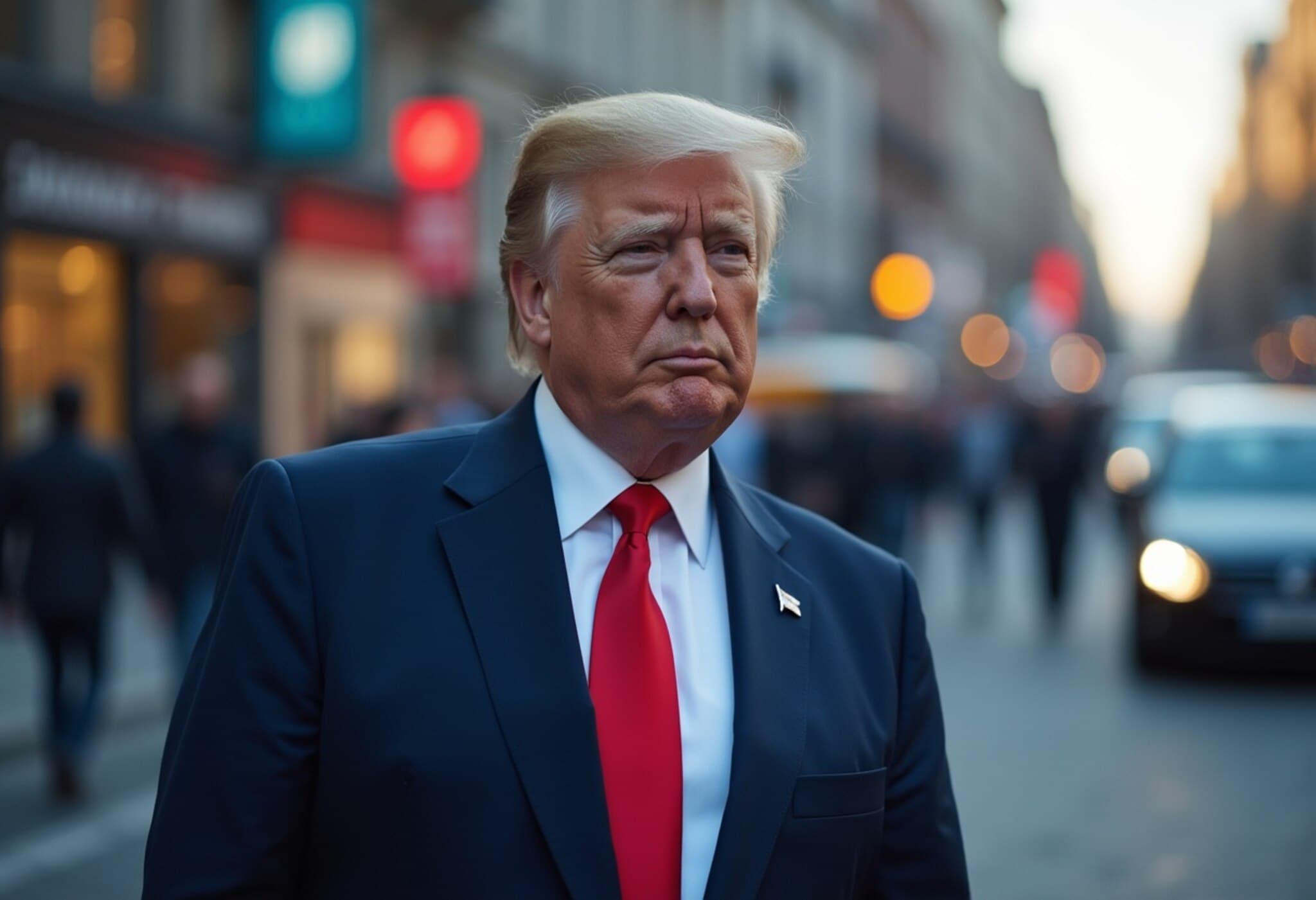Trump's Contradictory Energy Strategy: A Closer Look
In a move strikingly emblematic of geopolitical complexity, U.S. President Donald Trump recently imposed a hefty 50% tariff on India citing New Delhi's purchase of Russian oil, accused of fueling Moscow's ongoing war efforts in Ukraine. Yet, behind the scenes, emerging reports reveal Trump’s administration has simultaneously pursued partnerships for developing Russia's vast oil and gas resources, creating a curious and controversial double standard in U.S. energy diplomacy.
Unpacking the Diplomatic Dance: Tariffs and Talks
According to Reuters, the Trump administration initiated high-level discussions aimed at reopening energy cooperation with Russia. Notably, these backchannel talks coincided with public efforts to broker peace over the Ukraine conflict, drawing a sharp contrast between diplomatic messaging and economic maneuvers.
The Sakhalin-1 Project: Strategic Interests at Stake
The focus centered on Russia’s Sakhalin-1 oil and gas project, a significant energy venture in the country's Far East. Previously involving American, Japanese, and Indian stakeholders, the project became a casualty of sanctions targeting Russia. Yet, the Trump administration has explored reviving U.S. involvement through Exxon Mobil, potentially reversing prior disengagement.
Beyond Oil: U.S. Equipment and Arctic Ventures
Further complicating the narrative, discussions also included potential sales of U.S. gas extraction equipment for sanctioned projects such as Arctic LNG 2. The administration even proposed acquiring Russia’s nuclear-powered icebreaker vessels, signaling an unexpected openness to military-technical collaboration despite ongoing political tensions.
Contradictions and Consequences: The Broader Context
This dual approach—penalizing India for its Russian oil imports while courting Russian energy cooperation—raises several pressing questions about U.S. foreign policy consistency and strategic objectives. Industry experts note that while sanctions aim to weaken Russia economically, selective cooperation could undermine these efforts, sending mixed signals to allies and adversaries alike.
Financially, the stakes are substantial. Reviving projects like Sakhalin-1 would grant American companies access to vast natural resources, potentially bolstering the U.S. energy supply but risking condemnation from European partners leading the charge on sanctions. Meanwhile, India faces the economic burden of steep tariffs amidst its own energy security challenges, fostering diplomatic friction.
Expert Insight: Seeking Policy Coherence
Dr. Elizabeth Warren, a noted energy policy analyst at the Center for International Studies, comments, "The juxtaposition of punitive tariffs with clandestine energy partnerships is emblematic of the complexities in balancing geopolitical strategy with economic interests. The U.S. risks eroding trust with key partners if its messaging and actions are misaligned. Sustainable energy diplomacy needs transparency and coherence to be effective."
Looking Forward: Implications for Global Energy Markets and Geopolitics
As global energy markets remain volatile, these developments illustrate how energy resources are at the heart of geopolitical contests. The U.S. approach under Trump underscores a pragmatic, if paradoxical, stance—leveraging economic tools like tariffs while not hesitating to engage with traditional adversaries when profit and strategic advantage beckon.
For India, the question remains how to navigate this fraught terrain—balancing its pressing energy needs, striving for diversified sources, and managing its complex relationship with both the U.S. and Russia.
Editor’s Note
President Trump's simultaneous pursuit of energy deals with Russia while penalizing India reveals a layered and sometimes contradictory U.S. foreign policy landscape. This dual track hints at the challenges of aligning economic imperatives and geopolitical strategies amid a shifting global order. Readers should consider how such policy contradictions affect international alliances and the stability of global energy markets going forward.


